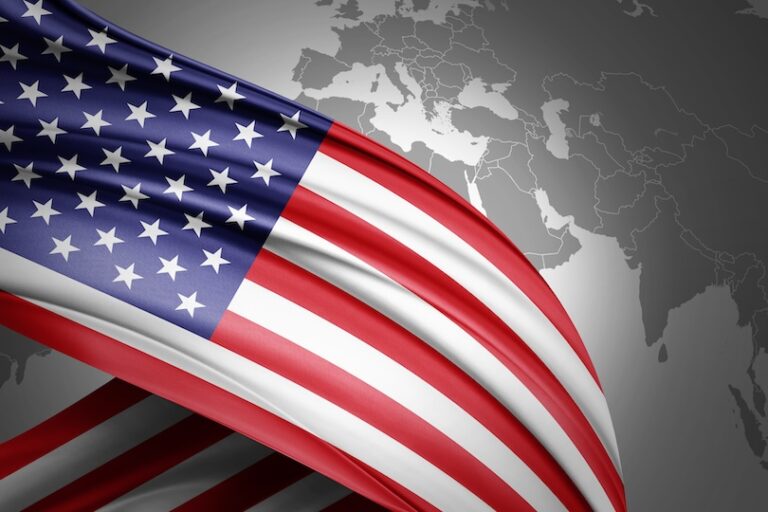We often hear that the world is changing, that the United States is losing its influence and its power. And China, Russia and other regional and middle powers are on the rise. Researchers speak of structural changes moving from a unipolar system with one dominant state to a bipolar system (with two dominant states) or a multipolar system (with three or more dominant states). Most agree that a multipolar system is the most unstable and least peaceful. It becomes more difficult to maintain the balance of power in a multipolar system, increasing the likelihood of war between great powers.
Several experts believe that multipolarity already constitutes the dominant characteristic of the international system. Or that it will soon be the case. For example, Emma Ashford and Evan Cooper say that the world is indeed multipolar. The loss of power of the United States and the rise of other countries means, according to Ashford and Cooper, that neither unipolarity nor bipolarity adequately describes the current international system. Additionally, a recent informal survey conducted by Foreign Affairs showed that 65 percent of leading international policy experts believe the world is more multipolar or bipolar than unipolar. Only 23 percent of researchers believe the world is even more unipolar. Those who oppose the unipolar nature of the system argue that we must accept the shift in economic and demographic power that we have witnessed over the past 30 years. Power is shifting from the West to India, Russia and China.
Ashford and Cooper case of multipolarity is based on the conclusions of their own political document. To measure the polar structure, they use a combination of gross national income (GNI), GNI in purchasing power parity, GDP per capita, total national wealth, as well as a series of economic indices and global powers. But do larger economies and populations mean states become polar powers? Not really. Political scientists often define power as the ability of a state to force another state to do something that it would not normally do. Given this definition, neither economy nor population are particularly effective measures of the current international distribution of power.
Even if a country increases its population by 50 million overnight, it does not necessarily become more powerful. The same applies to a country’s economy. During the Cold War, the Soviet Union, at its richest, had only one-third the economy of the United States. But the Soviet I chose guns over butter. And this is precisely why the world was bipolar during the Cold War. Communist power matched or even surpassed that of the United States in military strength.
Money and people are above all potential sources of power. A country’s military strength provides a better sense of the current balance of power and the ability of states to force other states to do something they would not ordinarily do. In a recent research articleI look at the size of the armed forces of all countries And how much money they spend on each soldier. This gives an indication of the size, strength and sophistication of states’ armed forces. I then compare the evolution of the distribution between the great powers over time. The result is clear: the world is still unipolar.
Russia, the United Kingdom and France do not come close to having the military strength of the United States. Vladimir Putin’s Russia shouts a lot but doesn’t really have the power to call itself a polar power. The United Kingdom and France are no longer the powers they once were. Describing the world as multipolar – requiring three or more power centers – is therefore incorrect.
Certainly, China’s growth is remarkable. And Beijing plays in a higher league than Russia, for example. But this is not enough to make the world bipolar. If the current system were to be considered bipolar, then the 1970s should also be considered multipolar with China, Russia and the United States as superpowers. It was not. The model I develop supports to some extent the ideas of Jo Inge Bekkevold and others that we are beginning to see the contours of a bipolar world. China has a large population and economy that it has quickly converted into military strength. But there is no guarantee that China will be able to continue on the same path. Doubts can also be casting on the real size of the Chinese economy. And for the second year in a row, the country’s population is in decline.
Furthermore, it is unclear whether states can or will use money or employ personnel for military purposes. Japan, Germany and the EU are examples of actors who, for various reasons, have not converted their potential into military force. So, experts are right that China’s economy and population give the country the potential to develop more power. This could actually make the world more bipolar. But they are wrong when they say it will happen or that it has already happened. And they are even more wrong when they claim that Russia, India, Brazil or other regional powers will occupy the last polar zones. The world remains unipolar, with the United States at its center.
Further reading on international electronic relations


